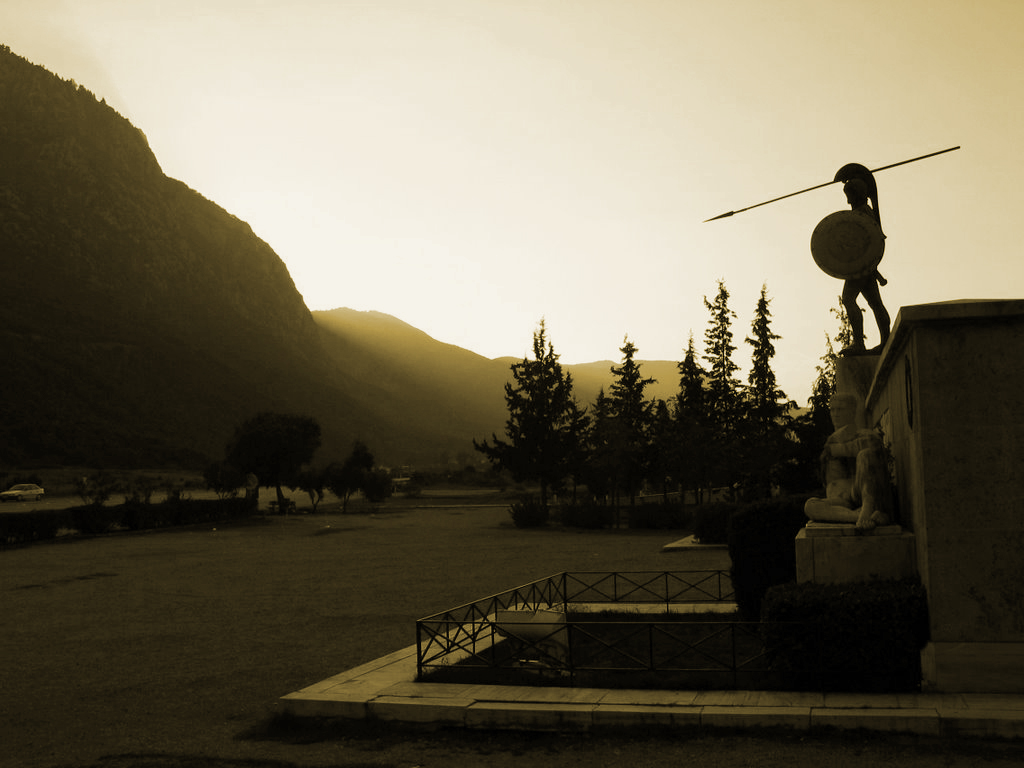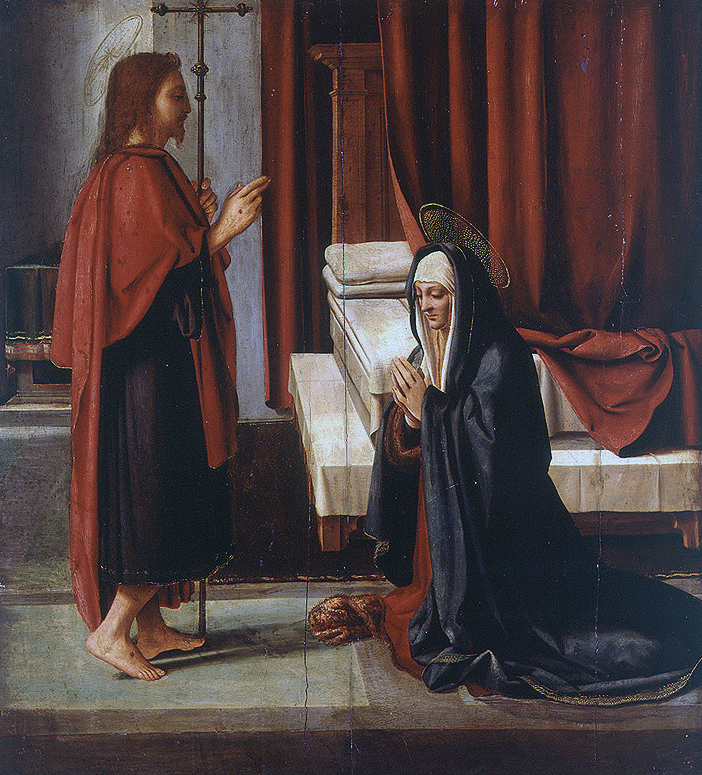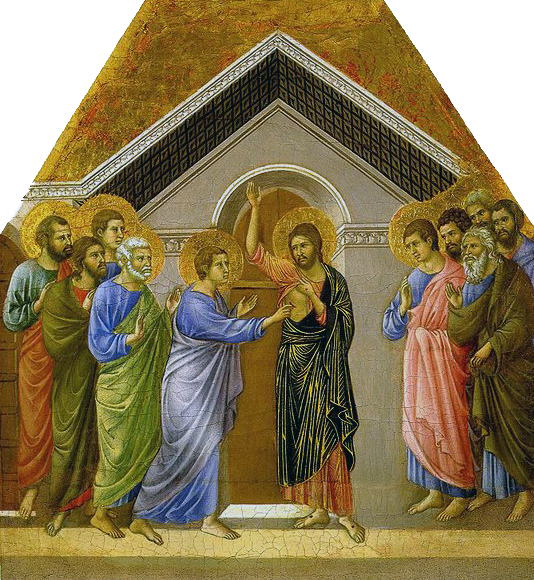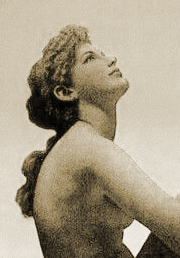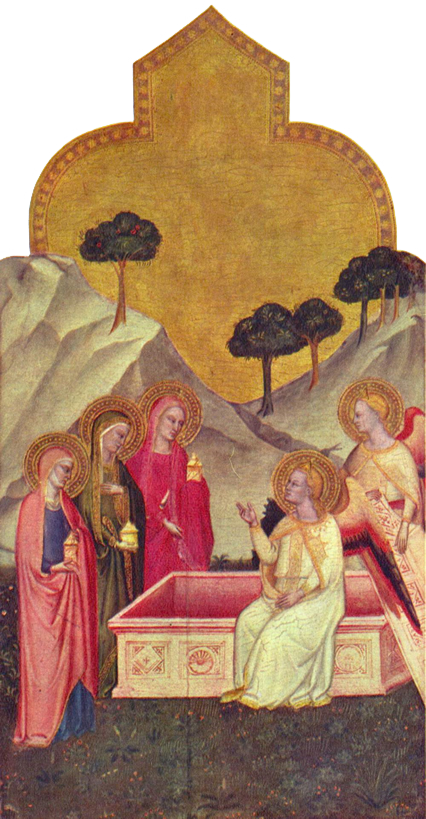The relationship between man and teenager in Sparta was that of teacher-student, based on respect and admiration: a workout, a way of learning, instruction in their way. The sacredness of the teacher-student or instructor-aspirant institution has been challenged by our society, just as the männerbund. Yet, both types of relationships are the foundation of the unity of the armies. Today, children grow up in the shadow of the feminine influence of the female teachers, even through adolescence. It is difficult to know to what extent the lack of male influence limits their wills and ambitions, making them gentle beings, malleable and controllable: what is good for the globalist system.
Others spoke about the Spartan institution of love between master and disciple, but always made it clear that this love was ‘chaste’. The Roman Aelian said that if two Spartan men ‘succumbed to temptation and indulged in carnal relations, they would have to redeem the affront to the honour of Sparta by either going into exile or taking their own lives’ (at the time exile was considered worse than death).
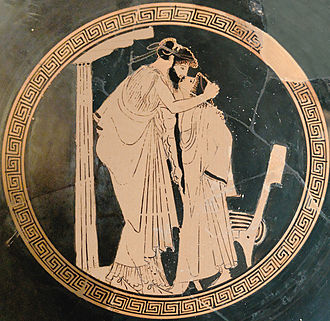 It is noteworthy that if homosexuality was indeed so natural to the original Hellenes as it was for the Greeks of decadent states, Hellenic mythology would be infested with explicit references to such relationships, which is not, as homosexuality was a plague outside the Hellenic spirit that appeared when Greece was already declining. By the time of Plato, for example, homosexuality was beginning to be tolerated in Athens itself. However, ancient and even some modern authors make it clear that Sparta did not fall in this filth.
It is noteworthy that if homosexuality was indeed so natural to the original Hellenes as it was for the Greeks of decadent states, Hellenic mythology would be infested with explicit references to such relationships, which is not, as homosexuality was a plague outside the Hellenic spirit that appeared when Greece was already declining. By the time of Plato, for example, homosexuality was beginning to be tolerated in Athens itself. However, ancient and even some modern authors make it clear that Sparta did not fall in this filth.
(Passages from one of Evropa Soberana’s essays in The Fair Race’s Darkest Hour.)
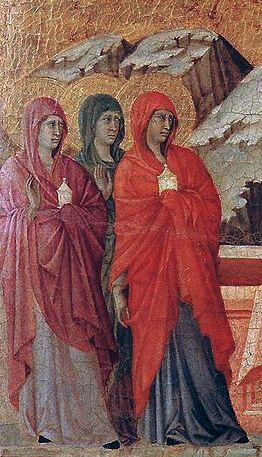 A classic theme in the narration of the apparitions: the Three Marys.
A classic theme in the narration of the apparitions: the Three Marys. 